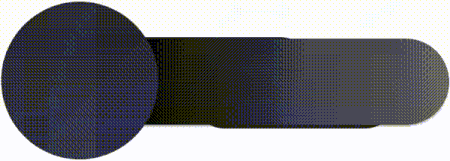LINETOGEL
Linetogel Login - Agen Slot Online Gacor Server Thailand Terbaik 2024
Linetogel Login - Agen Slot Online Gacor Server Thailand Terbaik 2024
Couldn't load pickup availability
Linetogel menandai revolusi dalam industri slot online dengan menyajikan koleksi slot gacor terbaik di server slot Thailand. Dengan melakukan Linetogel login, pemain langsung dibawa ke dunia permainan slot online yang menjanjikan peluang kemenangan tinggi dan pengalaman bermain tak terlupakan. Sebagai agen slot online gacor terkemuka di tahun 2024, Linetogel memastikan bahwa setiap pemain mendapatkan akses ke permainan adil, aman, dan penuh dengan fitur inovatif. Keunggulan server slot Thailand digunakan Linetogel memberikan kecepatan dan stabilitas luar biasa, memungkinkan pemain untuk menikmati sesi bermain tanpa gangguan.
Keistimewaan Linetogel tidak hanya terletak pada kualitas permainan slot online gacor ditawarkan, tetapi juga pada kemudahan akses melalui Linetogel login. Platform ini dirancang untuk memberikan pengalaman pengguna menjadi mulus, memungkinkan pemain untuk dengan cepat mendaftar, melakukan deposit, dan langsung terjun ke dalam aksi permainan. Dengan beragam pilihan slot gacor terbaik tersedia, Linetogel memenuhi ekspektasi pemain dengan menyediakan variasi permainan luas dan peluang menang besar. Server slot Thailand menjadi basis Linetogel menjamin keandalan dan kecepatan permainan, membuat setiap detik dihabiskan di platform ini menjadi bernilai tinggi.
Dalam dunia slot online, Linetogel telah membuktikan dirinya sebagai destinasi utama bagi para pencari slot gacor terbaik. Dengan Linetogel login, pemain dapat langsung mengakses server slot Thailand andal dan menikmati berbagai permainan slot online gacor dirancang untuk memaksimalkan kepuasan bermain. Linetogel berkomitmen untuk menyajikan pengalaman bermain slot online tak tertandingi, dengan menawarkan layanan pelanggan responsif, transaksi cepat dan aman, serta promosi menarik terus diperbarui. Jadi, bagi Anda yang mencari agen slot online gacor dengan server slot Thailand terbaik di tahun 2024, Linetogel adalah pilihan yang tidak boleh dilewatkan.
Tags: linetogel, linetogel login, slot online gacor , slot gacor terbaik, server slot thailand
Bagikan Sekarang



